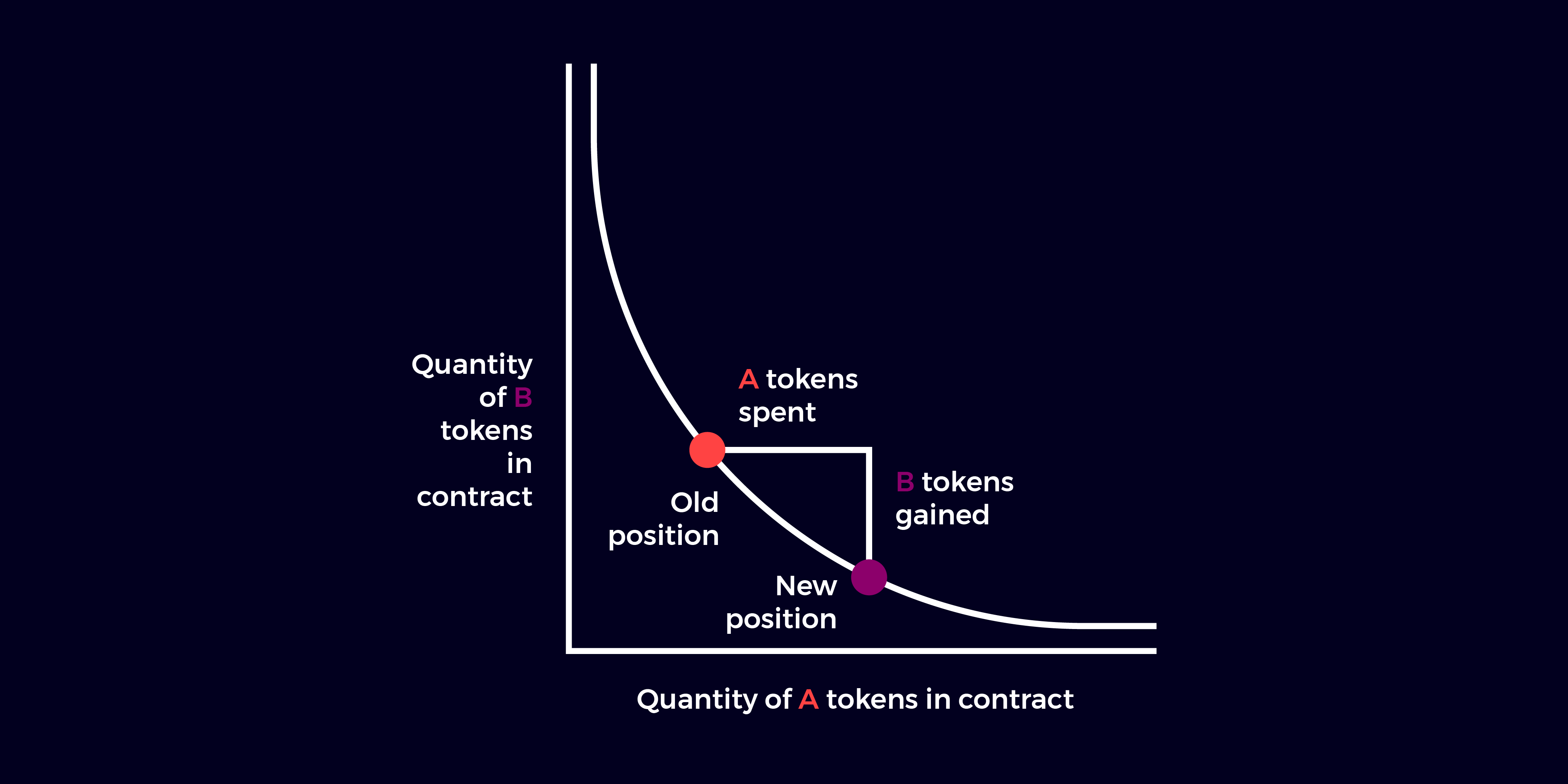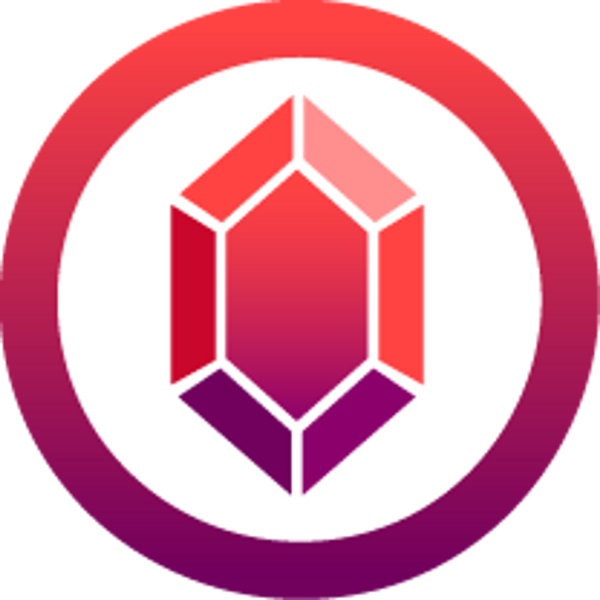Automated Market Makers (AMMs) are DeFi's answer to the problems of centralized crypto exchanges. By providing secure, trustless, user-friendly token trading, AMMs have established themselves as foundational components of the DeFi movement and ecosystem.
Ruby.Exchange takes the concept of an AMM and supercharges it with the latest technologies in the Ethereum space, offering a list of features unparalleled in the DeFi world, from zero gas fee transactions to NFT-permissioned rewards.
So exactly what is an AMM, how do these DeFi-native crypto exchanges work, and what will Ruby provide that makes it so groundbreaking and exciting for users?
How Does An AMM Work?
In the world of crypto, centralized exchanges are the weakest link in the chain. Traditional exchanges may be wildly popular, but they are subject to many single points of failure. The history of centralized crypto trading is littered with hacks, scams, unnecessary fees, market manipulation, and lost coins.
These centralized crypto exchanges use order books: Lists of prices at which individual traders are willing to buy and sell different amounts of coins. As other users fill these orders by taking the other side of the trade, the price of the coins move up and down.
Attempts to recreate the user experience of regular exchanges on the blockchain have proven inefficient and flawed. What was needed was a solution designed and built from the ground up for the needs of the DeFi space. That's where Automated Market Makers (AMMs) came in, providing a means of trading that is secure, frictionless, and most importantly, permissionless.
Instead of placing lots of separate orders at specific prices, users simply lock crypto tokens in an AMM's Liquidity Pool. Each traded pair has its own pool, and liquidity providers start by locking equal amounts of each token—for example, they might lock $1,000 each of ETH and USDC in the ETH-USDC pool. An algorithm adjusts the price of each token in the pool according to supply and demand, and buyers and sellers trustlessly trade against them.

Liquidity providers receive trading fees for locking their tokens, and often additional platform tokens as rewards. They can add or remove liquidity whenever they want.
AMMs have several advantages over conventional exchanges:
- Security. Users trade trustlessly with a smart contract hosted on the blockchain, rather than with other users or custodial exchanges.
- User experience. AMMs are far easier to use than a traditional exchange with order books. Traders are simply quoted a single price for the crypto they want to exchange.
- Liquidity. The algorithm ensures there is always smooth, efficient price discovery, with no buy or sell "walls" and no spread (the difference between the highest buy order and the lowest sell order).
- Community-run. Liquidity providers' funds are pooled together and everyone receives a fair proportion of the fees collected.
- Composability. As a decentralized application (dapp), AMMs can be plugged into other DeFi services.
Despite these advantages, AMMs still haven't reached their full potential. Ruby.Exchange is designed from the ground up to revolutionize the AMM space and give users entirely new functionality—making trading and liquidity provision faster, easier, more effective, and more rewarding than ever before.
What Makes Ruby.Exchange Special?
The first AMM was Uniswap, which launched in 2018 and remains one of the most popular AMMs on Ethereum, with billions of dollars of crypto locked in its Liquidity Pools. Since then, other AMMs like Curve and SushiSwap have launched, offering different features for traders and liquidity providers.
Building on three years of development in the AMM space, Ruby incorporates the latest technologies and trends in the blockchain world. The result is a trading experience that is not only unparalleled, but one that includes enough secret sauce to attract and retain users from all over the DeFi world—from large trading desks and asset managers placing million-dollar orders to everyday retail traders. Just some of the features we'll offer from the outset include:
- Gas-free trades, sub-second settlement times, and protection against front-running, thanks to our decision to build on SKALE: A powerful, secure, and decentralized multichain solution for Ethereum.
- DeFi NFT benefits for traders and Liquidity Providers, with use cases integrated into the protocol itself.
- Attractive and sustainable RUBY tokenomics and liquidity mining rewards.
In short, stay tuned: We have big plans, incredible partnerships, awesome features, and a lot more to announce in the very near future.
Rethinking AMMs
Ruby.Exchange takes the concept of what an AMM is and does, and pushes it to the next level. Our mission is to become the foremost AMM on SKALE, and, by extension, core infrastructure for both SKALE and Ethereum. To achieve that, we're building exciting new features that go far beyond token trading, creating not just an exchange but a complete ecosystem for DeFi users.
Find out more about Ruby by visiting Ruby.Exchange, following the project on Twitter and Telegram, or subscribing to the Ruby blog.






